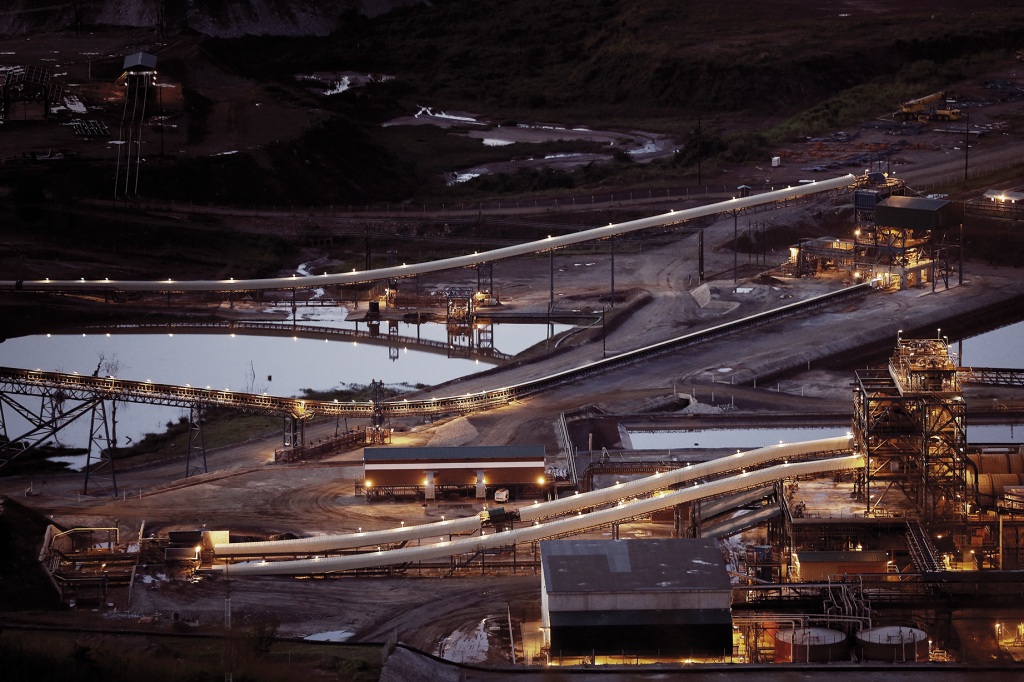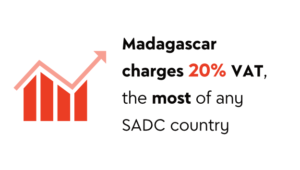The saga of the Simandou iron-ore deposit, in the highlands of south-eastern Guinea, offers an extreme example of the difficulties that can arise when an unreliable minerals licensing regime combines with political instability and corporate competition.
Simandou has among the world’s largest undeveloped iron-ore deposits, with resources estimated at more than 2.25 billion tons – a potentially transformative development opportunity for the country’s economy at a time of high demand for iron ore. It could also prove profitable for any company able to licence and develop the deposit.
In 2008, when that resource estimate was published, licences for all four of the project’s exploration and development blocks were held by the London-listed mining firm Rio Tinto. It had been exploring the deposit since 1997, and was moving steadily towards mine development. However in 2008, Lansana Conté, Guinea’s president at the time, unexpectedly stripped Rio Tinto of its licences to develop the two northernmost blocks at Simandou – citing a failure to develop the lease areas.
The licences were instead handed to BSG Resources, part of the Benny Steinmetz Group. BSG Resources, in turn, sold 51% of its stake to Brazilian iron-ore giant Vale in a deal worth US$2.5 billion.
The transactions immediately gave rise to a flurry of claims, counter-claims and criminal investigations that continue to this day.
In 2010, the Guinean government under President Alpha Condé, found that the licences had been improperly awarded to BSG Resources, stripping both the company and Vale of the concessions. Rio Tinto has since filed a suit in the US against the two firms, and the FBI has made arrests in what appears to have been a corrupt deal. Rio Tinto has kept its licences to develop Simandou’s two southern blocks, but the northern parts of the deposit remain up for grabs.
The Guinean government recently indicated that it may auction these in 2015. In the meantime, likely production dates for all Simandou blocks have been pushed back by years, while falling iron-ore prices and the Ebola crisis have undermined the project’s current economic basis in relation to development costs.
African countries such as Tanzania and Ghana have also instituted innovative mining developments, albeit in different ways
The government is reviewing other minerals licences in Guinea, says Bloomberg. The state recently suggested that more may be withdrawn, perhaps a necessary move given the way licences were awarded in the past. This concerns potential mining investors in Guinea.
Simandou is an unusually stark example of what may happen when minerals licensing goes awry. However, permitting concerns can affect companies operating at all levels and in all jurisdictions on the continent.
Minerals licensing regimes should ideally be stable and predictable, based on up-to-date geographical information. They should have a clearly defined applications process – both in terms of permitting requirements and the time expected from the start and finalisation of applications.
Like all legislated aspects of mining, licensing must combine the requirements of African states and the people they represent with the needs of mining companies, which include investor security, reduced exploration risk, and long-term operational stability.
As the UK-based law firm Ashurst noted, mining legislation has recently been in a state of flux across Africa. In a recent report, titled Mining Africa – Towards Legal Stability, the firm argues that ‘recent reforms of mining laws in African nations have led to a movement away from regimes regarded by many as “investor friendly”, with states seeking to assert greater control and generate increased revenues from their resources.
‘But the importance of a stable regulatory framework in attracting foreign investment has also been recognised. As states attempt to balance these competing goals, an increased focus on the harmonisation of mining law regimes across African regions could provide comfort to investors.’
There has been much discussion in the industry about changes in minerals ownership legislation across African states, as well as new royalty regimes that keep a greater proportion of mining profits in-country.
However, away from the headline debates about ‘resource nationalism’, there has also been a steady stream of reforms to the licensing process – generally intended to make licensing requirements clearer, more efficient, and less vulnerable to the kind of patrimonial politics that affected the Simandou case.
There are many recent examples of states refining the licensing process across the continent – some which may initially appear detrimental to the rapid development of mining activity, but which provide a more secure basis for mineral rights in future.
This seems to be the case in Ethiopia, where the state recently suspended the issuing of exploration licences in the prospective south-west part of the country, pending the completion of a comprehensive geological survey co-sponsored by China.
Although local reports suggest that the survey has drawn criticism from firms wishing to proceed with immediate exploration, the underlying goal of establishing reliable geographical information is essential for effective licensing (many clashes have arisen from an apparent overlap in the mineral blocks that were awarded to adjacent companies).
Permitting concerns can affect companies operating at all levels and in all jurisdictions on the continent
Other developments are more clearly aimed at streamlining the licensing process. In South Africa, the government introduced a reformed licensing system last December, intended to enhance clarity about procedures and, ultimately, improve the ease of doing business. The country’s Minister of Mineral Resources Ngoako Ramatlhodi has said he expects net minerals production in South Africa to rise in the 2014/2015 year, despite a perception that labour disputes have hampered the local mining sector.
Under the banner of the One Environmental System, the new licensing reforms consolidate mining, environmental and water-use permitting under a single authority. Its goal is to guarantee that licence decisions are made within 300 days, with an extra 90 days set aside for the appeals process. Similar reforms are afoot elsewhere on the continent, for example in Senegal where a new mining code is likely to be passed later this year.
Guillaume Blanc, executive at legal firm ENSafrica’s Mauritius office, gave an idea of what mining companies experience across the continent’s varied licensing environments.
‘There are many challenges faced by companies seeking to obtain mineral permits across Africa, including no public access to registries of mineral permits and maps of mineral permits; no access to a registry of pending and potentially conflicting applications for mineral permits; and no deadlines for administrative review and approval of applications – or systematic non-compliance with deadlines.’
He points out how the human element can, at times, undermine effective licensing, through ‘corruption of registrars or other officials in charge of mineral cadastre and mineral licensing systems, who may be inclined to trade mineral information about existing mineral permits, or through centralisation of decision-making power for mining permits in the hands of the highest political authorities, such as heads of state, which can facilitate political interference’.
Despite the challenges, there has been a general trend of improvement in some countries, says Peter Leon, a partner at Webber Wentzel. ‘Certain mining jurisdictions are doing pretty well. Botswana and Namibia, for example, score highly on the Fraser Institute’s annual survey for the efficiency and transparency of their mineral regulatory regimes.’
He says other African countries such as Tanzania and Ghana have also instituted innovative mining developments, albeit in different ways. Ghana has had an independent minerals commission for 20 years, comprising technical experts who advise the minister on the granting of all licences. The minister is generally bound to follow the commission’s recommendations.
‘What has struck me about Tanzania, where I am currently doing some work, is their 2010 mining code which is rather unusual. It is the only African country I know of which by law will process an application for a prospecting licence within a fixed time frame, in this case four weeks. Other countries such as Botswana will also grant licences or permits within a fixed period, but that’s a result of internal deadlines and efficient procedures rather than something written into law.’
Leon says these sorts of examples gave investors clarity and a framework within which to work. He says the ‘problem comes in’ with certain countries where the time frame for granting of licences is currently open-ended and relies on administrative discretion. South Africa is one such example.
Given the pace of mining-related legislative reforms across the continent, companies can expect further change affecting many areas of their business.
African states are opening up for exploration and mineral production on a scale that would have seemed improbable 25 years ago. But this rapid development of the African mining sector is taking place at a time when governments and host communities are altogether more cognisant of their claim to a share of mineral rewards.
Older and discredited ways of securing access, evident in the Simandou affair, are no longer viable, and this is as true to licensing as in any other contractual aspect of mining.
















